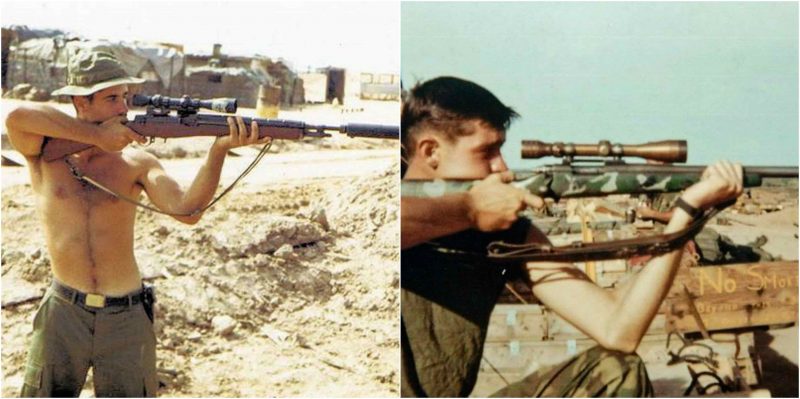Carlos Hathcock was born on May 20th, 1942, in the town of North Little Rock, located in Arkansas. He was the only child of Agnes and Carlos Hathcock.
His parents were separated, so he was raised by his grandmother on Geyer Springs. Even from an early age, he was interested in firearms.
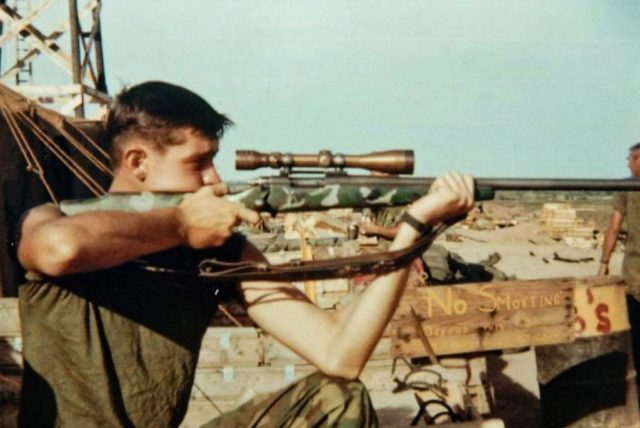
His father gave him an old Mauser that he bought in Europe and gave it to him when he was three years old. When he was around ten years old, he hunted food for his family using a C Higgins 22-caliber rifle. When he was the age of 15, he dropped out of high school and started working for a Little Rock concrete constructor until the year of 1959.
At a young age, he displayed an ability for marksmanship and a hope to serve in the military. On the date of May 20th, 1959, on his 17th birthday, his mother gave him written permission to enlist. Hathcock then enlisted in the United States Marine Corp in Little Rock, he had been sent to boot camp in San Diego, and this is where he qualified at expert level in marksmanship.

He had been transferred to USMC Air Station located at Cherry Point, North Carolina, this was in 1962, where he set the record on the “A” range when he shot 248 out of the possible 250. He also proved his excellence on the world stage, where he won the Wimbledon Cup.
This was awarded to the winner of the 1,000-yard shooting match, in 1965. During 1966, Carlos volunteered for combat and had been recruited as a sniper in the Vietnam War led by Captain Edward James Land.
This is the time the legend was born.
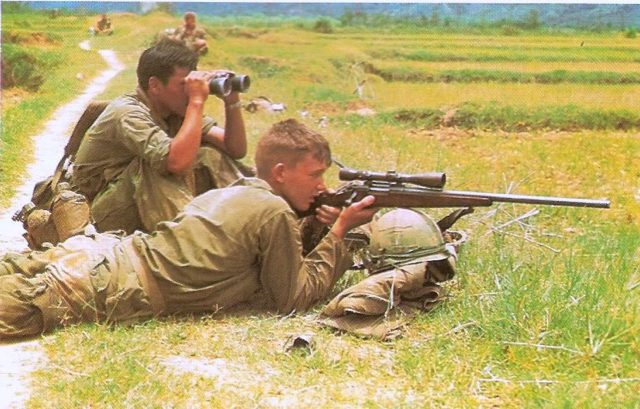
Gunnery Sergeant Carlos Norman Hathcock II had 93 kills that were confirmed as a sniper throughout the duration of the Vietnam War, yet the actual total that was estimated was more like 300 kills.
He always wanted to operate alone during his service in Vietnam, and he is now remembered for changing the sniper’s role forever.
Hathcock had been deployed to Hill 55, only miles south of Da Nang, where he became a true nightmare for the enemy. The North Vietnamese Army had given him the nickname of “White Feather”, this was because of the feather he wore in his hat.
He had been so successful in doing his job that the North Vietnamese Army had a $30,000 bounty on his head, he was able to set the record at that time for the longest sniper kill that was documented at 1.42 miles (2,500 yards), yet this is only the start of his outstanding story.
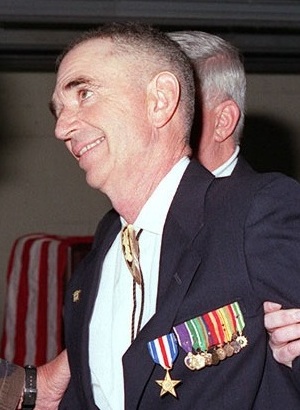
The kill that was the most legendary was when he shot an enemy sniper known as Cobra. Hathcock found a good position and waited for his enemy to come into range.
He saw a shimmer of light in the foliage of the jungle and squeezed the trigger of his Winchester Model 70 30-06 rifle.
This kill was made with not even being able tp see his enemy, and what is even more interesting is that when he approached the enemy that was fallen, he noticed that the bullet had passed through Cobra’s scope. It traveled through the length of the scope and went into the enemy sniper’s eye.
Another one of his legendary kills had been of an NVA general.It had been a very risky mission, yet Hathcock volunteered. He would spend four days, with no sleep and little food, crawling thousands of yards on his way towards the general’s position.
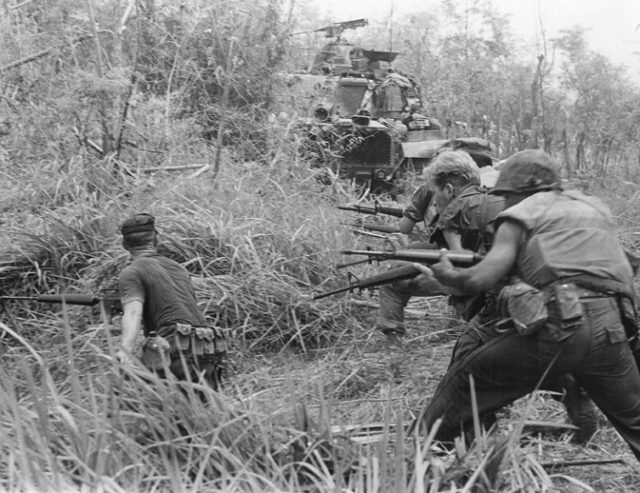
After two days, the general was finally within his range. He took his shot at the NVA general right through his heart from around 700 yards. His mission was not completed yet, so he crawled back the way he came.
On September 16th, 1969, the vehicle he had been traveling in was struck by an anti-tank mine. More than forty percent of his body was covered by burns, yet he was still able to drag out seven marines from the vehicle that was engulfed in flames.
After that, his tour in Vietnam was over. When he recovered from his burns, he would serve for another ten years in the military and he would also work as an instructor for the USMC snipers.
He was diagnosed with multiple sclerosis in 1975, and he had to retire 4 years later in 1979. In 1996, regardless of his protests, he was awarded the Silver Star.
This was not for his sniping, but for saving the seven Marines back in 1969.
Carlos Norman Hathcock II passed away on February 22nd, 1999.
